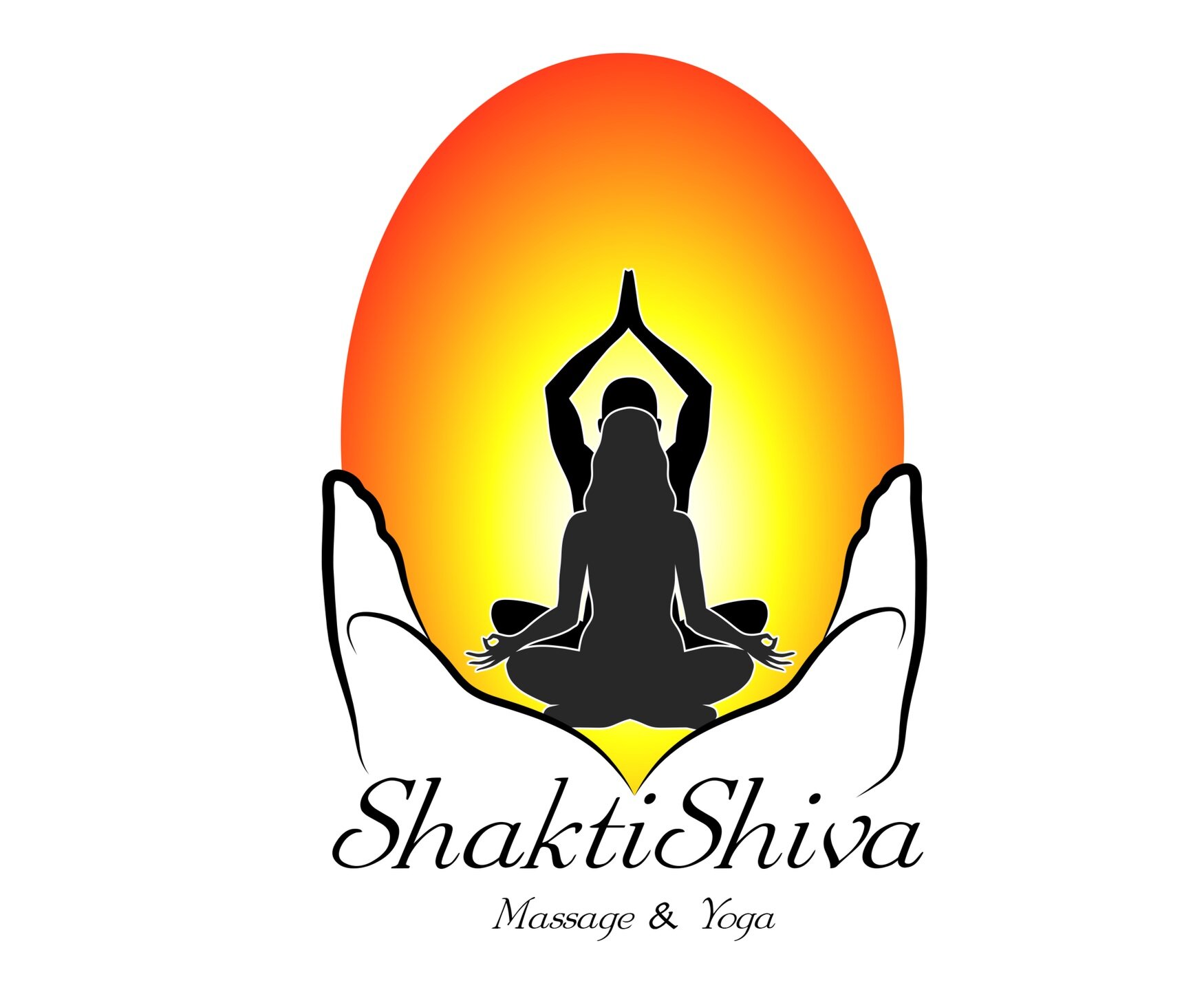Self-Care in Athletes
/When we look at athletes we see strong, healthy bodies. What we don’t see is how play and practice affect their bodies. Occasionally an athlete becomes injured and must go through rest and rehab to heal their body, but what most people don’t know is that the daily stress of giving 110% can cause major issues in the long run.
High-level athletes put extreme expectations on their bodies every day. They push themselves to and sometimes past the limit on a regular basis. This is a must when playing amongst the best.
This continual stress put on the body is called microtraumas. Microtraumas occur every day in everyone; however, the extreme stress athletes put on their bodies are more likely to produce deep seeded microtraumas that if left untreated can produce lifelong physical and mental disturbances.
Think of microtraumas as cracks on a road. A freshly paved road (or a young athlete) is smooth and crack free. Overtime, as cars continually drive over it, the roads composition (an athlete’s body) begins to weaken. If the road remains uncared for the weakness turns into cracks and potholes (an injury). Eventually the road will need to be repaved (surgery). If, however, the road is cared for and initial cracks are filled (self-care), it will last much longer.
On the surface, microtraumas are not felt or are injuries that need to be cared for immediately which can make them so harmful. Athletes unaware of what microtraumas are go about their training not thinking about what they are doing to their bodies until they experience pain. Only then do they think about their bodies. Imagine if the athlete understood how daily training affected their body and took care of it 3-4 times a week, 20-30 minutes at a pop. They would be stronger, less injury prone, and recover quicker.
Signs an athlete is developing deep seeded microtraumas:
Fatiguing faster than normal
Soreness after most or all training days
Ongoing or recurring injuries
General stiffness
Irritability, moody
Unfocused
Options for selfcare:
Myofascial Release: techniques to target pain “bound” by tight fascia. When performed on an injured area, myofascial release therapy liberates bands of scar-like tissues (adhesions) and trigger points to restore function to the affected muscle and joint, which minimizes pain and boosts recovery time.
Yoga: helps become more peaceful and in turn achieve greater focus, and returning the body to its natural state that they could dramatically improve physical capacity.
Meditation and mind work: athletes who perform mediation regularly cope with injuries and pain very proficiently.


